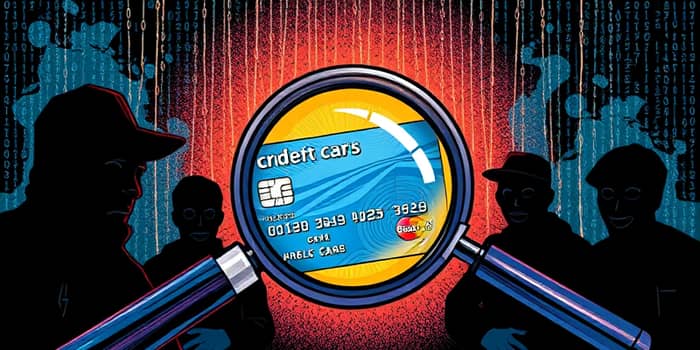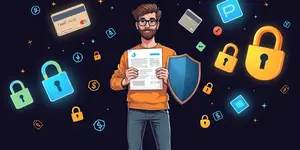
Credit card identity theft has surged to alarming levels, leaving millions of Americans at risk. With unauthorized charges soaring and new accounts opened without consent, it’s more important than ever to stay vigilant. This guide will unveil the latest trends, reveal common red flags, and equip you with strategies to protect your financial well-being.
Credit card identity theft occurs when criminals use your personal details to make purchases or open new accounts in your name. Unlike simple card theft, this form of fraud often happens remotely through stolen data.
Thieves harvest names, social security numbers, and expiration dates via phishing scams, data breaches, or malware. They can then run up charges, drain bank accounts, or damage credit scores without ever touching your physical card.
Recent data highlights a dramatic surge in identity theft. Between Q1 2024 and Q1 2025, cases rose by over 49% in the US. In that quarter alone, there were more than 239,000 reports encompassing credit cards, loans, and bank account fraud.
Over the past year, 62 million Americans experienced credit card fraud, resulting in losses exceeding $6.2 billion. Shockingly, 63% of U.S. cardholders have been targeted at least once, and more than half endured repeated attacks.
Today, the US accounts for 46% of all global credit card fraud. E-commerce fraud alone climbed 140% in three years, making online merchants prime targets.
Cybercriminals employ a range of tactics to steal credit card information. Understanding these methods helps you recognize suspicious activity:
Spotting fraud early can prevent extensive damage. Be alert to these telltale red flags:
Many consumers unknowingly invite fraud through everyday habits. Eight in ten cardholders admit to risky behaviors that can be exploited. Ignoring minor statement errors or reusing passwords creates openings for criminals.
Pre-approved credit offers sent via mail can also be stolen. Thieves intercept these solicitations to open accounts in your name. Unsecured wireless networks and outdated software on devices further expose your data.
Proactive measures are your best defense. Implement these practices to stay ahead of potential threats:
If you detect fraudulent activity, act without delay. First, inform your bank and credit card issuers to freeze or close affected accounts. Next, place fraud alerts or a credit freeze with Equifax, Experian, and TransUnion.
Report the crime to the Federal Trade Commission at IdentityTheft.gov and file a police report with local law enforcement. Document all communications, preserve evidence, and maintain a detailed fraud log.
When unauthorized debts pile up or new accounts are opened in your name, legal assistance can be crucial. Consumer protection attorneys can challenge fraudulent charges, dispute credit report errors, and negotiate with debt collectors.
In severe cases, they can file lawsuits to reclaim damages and clear your financial record. With credit card fraud projected to cost $43 billion globally by 2026, having professional advocacy can make all the difference.
Credit card identity theft poses a significant threat, but awareness and preparation are powerful shields. By recognizing warning signs, adopting robust security habits, and responding swiftly to suspicious activity, you can minimize risk and safeguard your finances.
Remember, vigilance is your first line of defense—remain informed, stay alert, and take action at the first sign of trouble.
References













